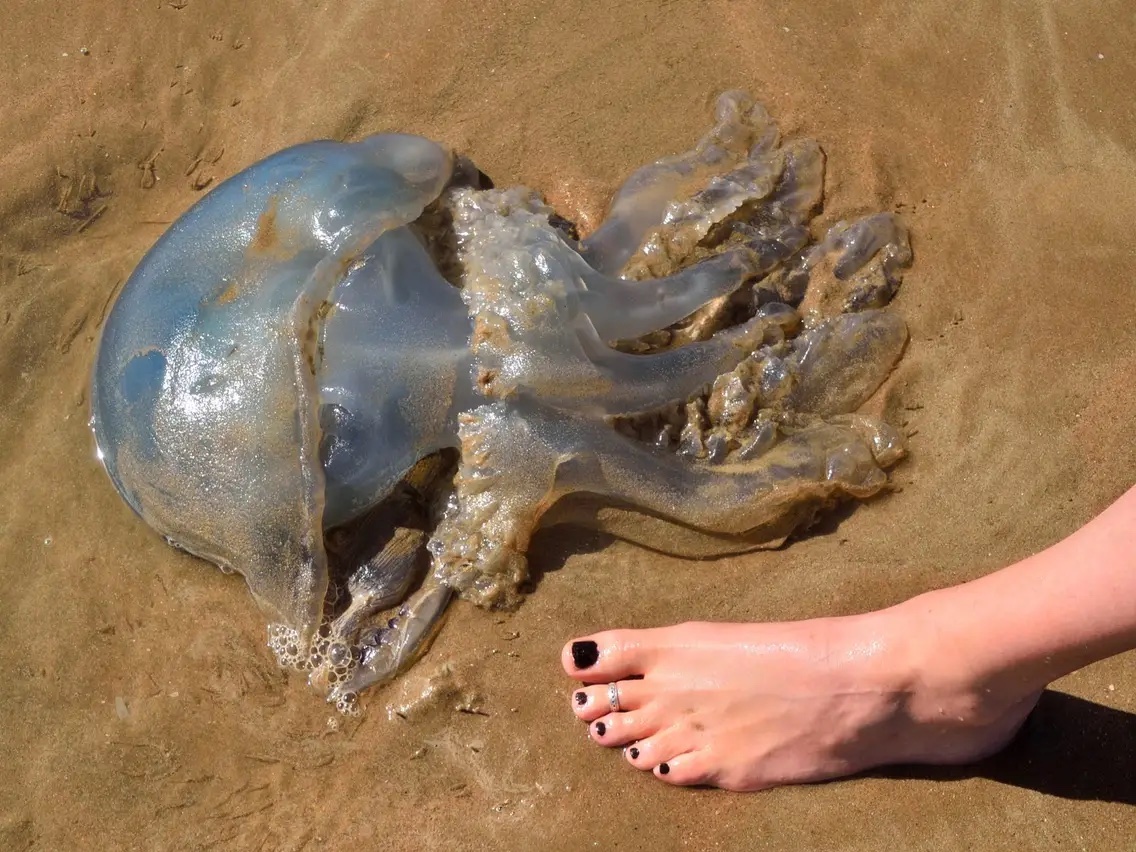
Riding the Waves Safely: A Surfer’s Guide to Jellyfish Sting Treatment
Aloha, fellow wave riders! As a seasoned surfer who’s spent countless hours carving the swells of the Pacific, I’ve had my fair share of encounters with the ocean’s inhabitants. One such creature that’s given me a bit of trouble is the jellyfish. A jellyfish sting can put a damper on your surf session real quick. But fear not, I’m here to share some wisdom on jellyfish sting treatment, keeping your Hawaii surf trips safe, and even a word or two about the safest sunscreen to protect your skin under the tropical sun.
First things first, let’s talk about the dreaded jellyfish sting. It’s a bit like an electric shock, followed by an intense burning sensation. Not exactly the kind of thrill we’re after when we paddle out. But hey, it’s part of the package when you’re sharing the ocean with these gelatinous guys.
So, what’s the best jellyfish sting treatment? Here’s a simple list to follow:
Get Out of the Water: As soon as you feel the sting, head for the shore. This isn’t just to start treatment, but also to avoid getting stung again.
Rinse with Vinegar: Contrary to popular belief, peeing on a jellyfish sting isn’t the best course of action. Instead, douse the area with vinegar to neutralize the venom.
Remove Tentacles: Use tweezers to carefully remove any visible tentacles. Don’t touch them with your bare hands.
Sting Prevention: it is a good idea to use Safe Sea Sunscreen to prevent jellyfish stings in the first place, that way you can enjoy the waves without wondering when it will happen to you.

Now, let’s talk about keeping your Hawaii surf trips safe. Jellyfish tend to swarm around 7 to 11 days after a full moon, so it’s wise to check the local jellyfish forecast before you hit the beach. Also, always keep a first aid kit handy in your car or beach bag. It should include vinegar, tweezers, and a topical pain relief cream – your jellyfish sting treatment essentials.
And let’s not forget about the sun. The safest sunscreen for surfers is one that’s broad-spectrum, water-resistant, and at least SPF 30. Look for brands that are “reef safe” to ensure you’re not harming the ocean’s ecosystem with harmful chemicals.
FAQs:
Q: How long does a jellyfish sting last?
A: Most jellyfish stings will start to feel better within a few hours, with pain and swelling typically gone within a day or two. However, some stings can last for a week or more, especially if not treated properly.
Q: Can all jellyfish sting?
A: Most jellyfish can sting, but not all are dangerous to humans. The severity of a sting can vary greatly depending on the species of jellyfish.
Q: What should I do if I get stung by a jellyfish in the eye or mouth?
A: If you get stung in the eye, rinse it with a saline solution and seek medical attention immediately. If stung in the mouth, rinse with fresh water and seek medical help.
Remember, fellow surfers, knowledge is power. Understanding jellyfish sting treatment, staying informed about local conditions, and protecting your skinwith the safest sunscreen are all part of the game when you’re riding the waves. So, keep these tips in mind, stay safe, and enjoy the surf. Aloha!







